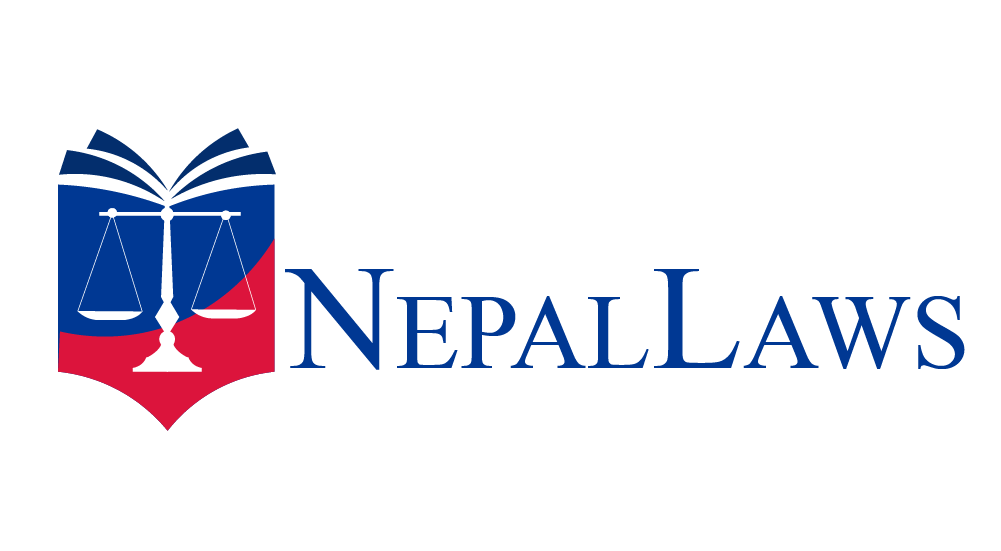Annual General Meetings (AGMs) represent a fundamental pillar of corporate governance in public companies.
It serves as the primary forum where shareholders exercise their ownership rights, review the company’s performance, and make crucial decisions affecting the company’s future.
In Nepal, the conduct of AGMs is governed by detailed legal provisions designed to ensure transparency, accountability and protection of shareholder interests.
This comprehensive guide examines the legal framework, procedural requirements and practical considerations for conducting AGMs of public companies in Nepal.
Legal Framework Governing AGMs
The legal regime governing Annual General Meetings of public companies in Nepal comprises several interconnected pieces of legislation and regulations that collectively establish the framework for shareholder meetings.
Primary Legislation
- Companies Act 2063, particularly in Chapter 5 governing general meetings
- Securities Act 2063 for listed companies
- Securities Board of Nepal (SEBON) regulation and directives
- Companies Regulations 2064, providing procedural details
Regulatory Framework
- SEBON Corporate Governance Directives for listed companies
- Nepal Stock Exchange listing regulations
- Directives issued by SEBON from time to time regarding meeting conduct
The Companies Act serves as the primary legislation establishing mandatory requirements for AGMs, whilst SEBON regulations impose additional obligations on listed public companies to ensure enhanced transparency and investor protection.
The Company Articles of Association may contain supplementary provisions provided they do not contradict statutory requirements.
What is an Annual General Meeting (AGM)?
An Annual General Meeting is a mandatory yearly gathering of a company’s shareholders convened to conduct specific business prescribed by law and the company’s Articles of Association.
Section 72 of the Companies Act defines the AGM as a general meeting held once in each calendar year, distinguishing it from extraordinary general meetings convened for specific purposes between AGMs.
The AGM serves multiple crucial functions in corporate governance. It provides shareholders with the opportunity to review the company’s financial performance through audited financial statements, to hold directors accountable for their stewardship of the company, to make decisions on profit distribution through dividend declarations, to appoint or reappoint auditors to examine the company’s accounts, and to elect or re-elect directors to the board.
Discuss any other matters affecting shareholder interests. The AGM is the supreme decision-making body, where shareholders exercise their collective ownership rights by voting on resolutions.
Mandatory Requirement to Hold AGM
Section 77 of the Companies Act imposes an absolute obligation on every public company to hold an AGM within six months of the end of its financial year.
This mandatory requirement ensures regular shareholder engagement and accountability. For example, if a company’s financial year ends on Ashad 31 (mid-July), the AGM must be held by Poush 31 (mid-January) of the following year.
The six-month deadline is strictly enforced, and failure to comply attracts penalties under the Companies Act.
Directors who knowingly permit the company to default in holding the AGM within the prescribed period may be held personally liable for penalties.
The Office of the Company Registrar monitors compliance with this requirement through annual return filings.
Procedural for Regulating AGMs for Public Companies
Here is a simplified procedure for the Annual General Meeting in Nepal:
Step 1: Issue Formal Notice
- Notice period for a company must give 21 days’ notice to its shareholders before the AGM
- The notice must also be published in a national daily newspaper at least twice
- The notice should include the meeting’s date, time, location, and agenda.

Step 2: Determine the Agenda for the AGM
- General Agenda
- Financial Statements
- Auditor’s Report
- Director’s Report
- General Agenda
- Special Agenda
- Increasing or decreasing share capital
- Changing the company’s name, objectives and location
- Merging with another
- company
- Issuing bonus shares
- Buying back shares
- Selling shares at a discount
- Special Agenda
Step 3: Submission of Report to the Office
The company should submit the report 21 days before the AGM, and the report needs to be forwarded to the Office of the Company Registrar (OCR), including:
- Number of shares allotted and their payment status
- Information about directors, auditors, and managers, including their pay and benefits
- Ongoing lawsuits, if any
- Management expenses for the year
- Dividends not yet claimed by shareholders
- Other relevant details
Step 4: Quorum for the AGM
- Private Company – The quorum (minimum number of shareholders required to hold the meeting) is specified in the company’s Articles of Association
- Public Company – At least three holders must be present, each holding more than 50% of the total shares issued by the company
Step 5: Annual Report Presentation by the Board of Directors
The Board of Directors (BOD) presents the audited financial statements, the auditor’s report, and the directors’ report at the AGM.
Step 6: Voting and Decision
- Decisions are made based on the majority of shareholders present at the meeting
- In case of a tie vote, the Chairperson has a casting vote or deciding vote
- Only shareholders listed in the shareholder register can vote
Step 7: Minutes to Be Prepared by the Company
A written record or minutes of the AGM must be prepared, noting the discussions, decisions, and resolutions made during the meeting.
Step 8: Return of AGM Report to the Company
- 30 Days Deadline – The company must submit a report to the Office within 30 days of the AGM, including:
- Number of shareholders who attended
- A copy of the financial statements, auditor’s report, and resolutions passed
- If the company fails to submit the report on time, it may face a fine
Post AGM Procedures
AS per the legal requirements, all public companies must distribute the following procedures:
- Annual Returns – Public companies must submit returns detailing the AGM, mentioning the number of shareholders who attended, and the resolutions passed.
- Audit Financial Statement – The company must provide a certified financial statement to the relevant office within six months after the end of the fiscal year.
Importance of Conducting AGMs
Beyond legal proceedings, companies should adopt best practices ensuring meaningful shareholder engagement and effective corporate governance.
Here are the important aspects of conducting AGMs:
Advance Planning
Companies should plan AGMs well in advance, determining dates that avoid conflicts with major holidays or events, booking appropriate venues with adequate capacity and facilities, preparing comprehensive meeting materials with clear explanations of complex matters, and coordinating with service providers such as registrars, legal advisers and auditors to ensure smooth meeting conduct.
Shareholder Commutation
Effective communication before, during and after AGMs enhances shareholder engagement. Companies should provide clear and comprehensive information in plain language, avoiding unnecessary jargon.
They should also make materials available in multiple formats to accommodate different shareholder preferences.
Additionally, encouraging shareholders to submit questions in advance allows for thoughtful responses, and following up after the meeting with summary communications to all shareholders is essential.
Facilitation of Participation
Companies should make genuine efforts to facilitate broad shareholder participation through accessible meeting venues with adequate parking and public transport access, timing meetings at hours convenient for working shareholders, providing translation services where shareholders speak different languages, enabling electronic participation through video conferencing where feasible, and ensuring adequate time for discussion without rushing through the agenda.
Transparency and Accountability
AGMs should demonstrate management’s commitment to transparency and accountability by providing honest assessments of performance, including challenges and setbacks, addressing shareholder concerns directly without evasive responses, taking responsibility for failures rather than shifting blame, explaining how feedback from previous AGMs has been discussed, and committing to specific actions based on shareholder input received.
Conclusion
The Annual General Meeting (AGM) is a key mechanism for corporate governance in public companies in Nepal, allowing shareholders to review financial performance, make important decisions, and hold the board accountable.
Governed by the Companies Act 2063 and related regulations, AGMs ensure transparency, shareholder protection, and compliance.
Adopting best practices such as clear communication, facilitating shareholder participation, and maintaining transparency enhances engagement and trust.
Proper planning and execution of AGMs, including post-meeting submissions of returns and financial statements, strengthens corporate governance, promotes accountability, and reflects the company’s commitment to ethical and effective management.





